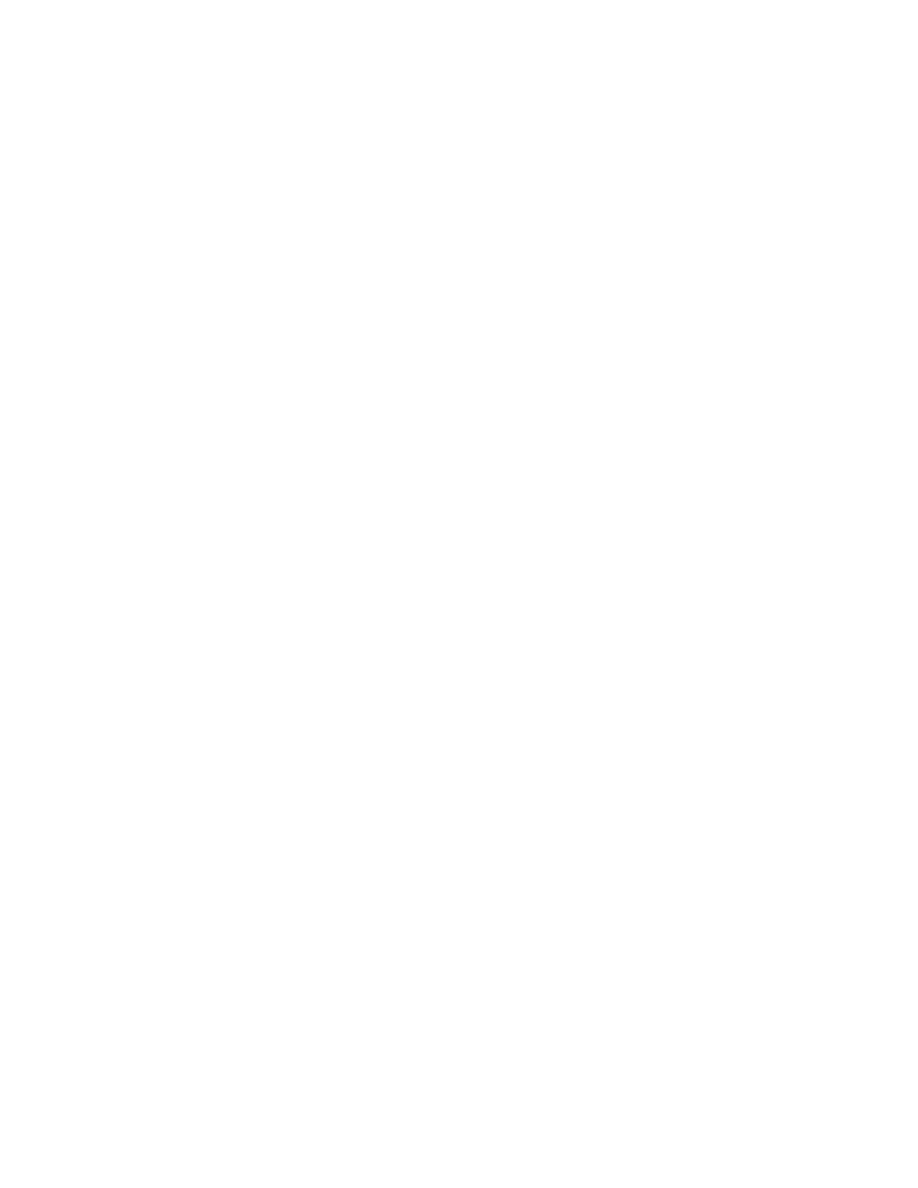Lumina V6-204 3.4L DOHC (1991)

NOTE:
^
When replacing fuel pipes, always replace them with original equipment or parts that meet the GM specifications for those parts. The replacement
pipes must have the same type of fittings as the original pipes to ensure the integrity of the connection.
^
Do not use copper or aluminum tubing to replace steel tubing. Only tubing meeting the 124M specification or its equivalent is capable of meeting
all pressure and vibration characteristics necessary to ensure the durability standard required.
^
When replacing fuel hoses or repairing fuel pipes with hoses, always replace them with original equipment or part meeting GM specifications, use
only reinforced fuel-resistant hose which is identified with the word "Fluoroelastomer" or "GM 6163-M" on the hose. Inside hose diameter must
match outside diameter of the pipe.
^
DO NOT use rubber hose within 100 mm (4.0 inches) of any part of the exhaust system or within 254 mm (10 inches) of the catalytic convertor.
^
A minimum of 13.0 mm (1/2 inch) clearance must be maintained around sharp edges such as flanges, pinch welds, etc., to prevent contact and
chafing. A minimum of 19.0 mm (3/4 inch) clearance must be maintained around all moving parts.
REMOVAL:
1.
Disconnect the negative battery cable.
2.
Relieve the fuel system pressure, refer to MAINTENANCE PROCEDURES/FUEL SYSTEM PRESSURE RELIEF.
NOTE: Clean all fuel pipe and hose connections and surrounding areas before disconnecting to avoid possible contamination of the fuel system.
3.
Disconnect the front fuel feed and return pipe assemblies from the front fuel feed and return pipes (at the engine compartment bulk head).
4.
Raise the vehicle.
5.
Disconnect the fuel feed pipe from the outlet side of the fuel filter. Discard the O-ring.
6.
Disconnect the fuel return pipe from the rear fuel return pipe (near the fuel filter). Discard the O-ring.
7.
Removing the body clip attaching screws, body clips, vapor pipe and fuel feed and return pipes from the under body.
8.
Remove the vapor pipe and fuel feed and return pipe coupler. Note the position of the coupler for installation.
9.
Remove the desired pipe to be replaced or repaired from the body clips. Note the position of the fuel pipe to be removed for installation.
10.
Check for bends, kinks and cracks. Repair or replace pipe or pipes as required.
^ In the repairable areas, cut a piece of fuel hose 100 mm (4") longer than the portion of pipe removed. If more than 152 mm (6") length of
pipe is removed, use a combination of steel pipe and hose so that the total hose lengths, including the 100 mm (4") additional length will not
be more than 254 m (10") long.
INSTALLATION:
1.
Position new or repaired fuel pipe or pipes in the body clips as noted during removal.
2.
Position the coupler on the vapor pipe and fuel feed and return pipes as noted during removal.
3.
Position new O-rings on the fuel feed and return pipes.
4.
Install the fuel vapor pipe and fuel feed and return pipes on the under body clips and attaching screws.
5.
Connect the fuel return pipe to the rear fuel return pipe.
6.
Connect the fuel feed pipe to the outlet side of the fuel filter and tighten the fittings to:
^ Rear fuel return pipe assembly fitting to 22.0 Nm (16.0 lb.ft).
^ Fuel feed pipe fitting to 30.0 Nm (22.0 lb.ft).
7.
Lower the vehicle.
8.
Connect the front fuel feed and return pipes to the front fuel feed and return pipe assemblies, and tighten the fittings to 30 Nm (22.0 lb.ft).
9.
Tighten fuel filler cap.
10.
Connect the negative battery cable.
11.
Turn the ignition switch to the ON position for 2 seconds, then turn OFF for ten seconds. Again turn ignition switch ON and check for fuel leaks.
NOTE: For 3.1L engine refer to DIAGNOSIS AND TESTING PROCEDURES/IDLE LEARN PROCEDURE.
